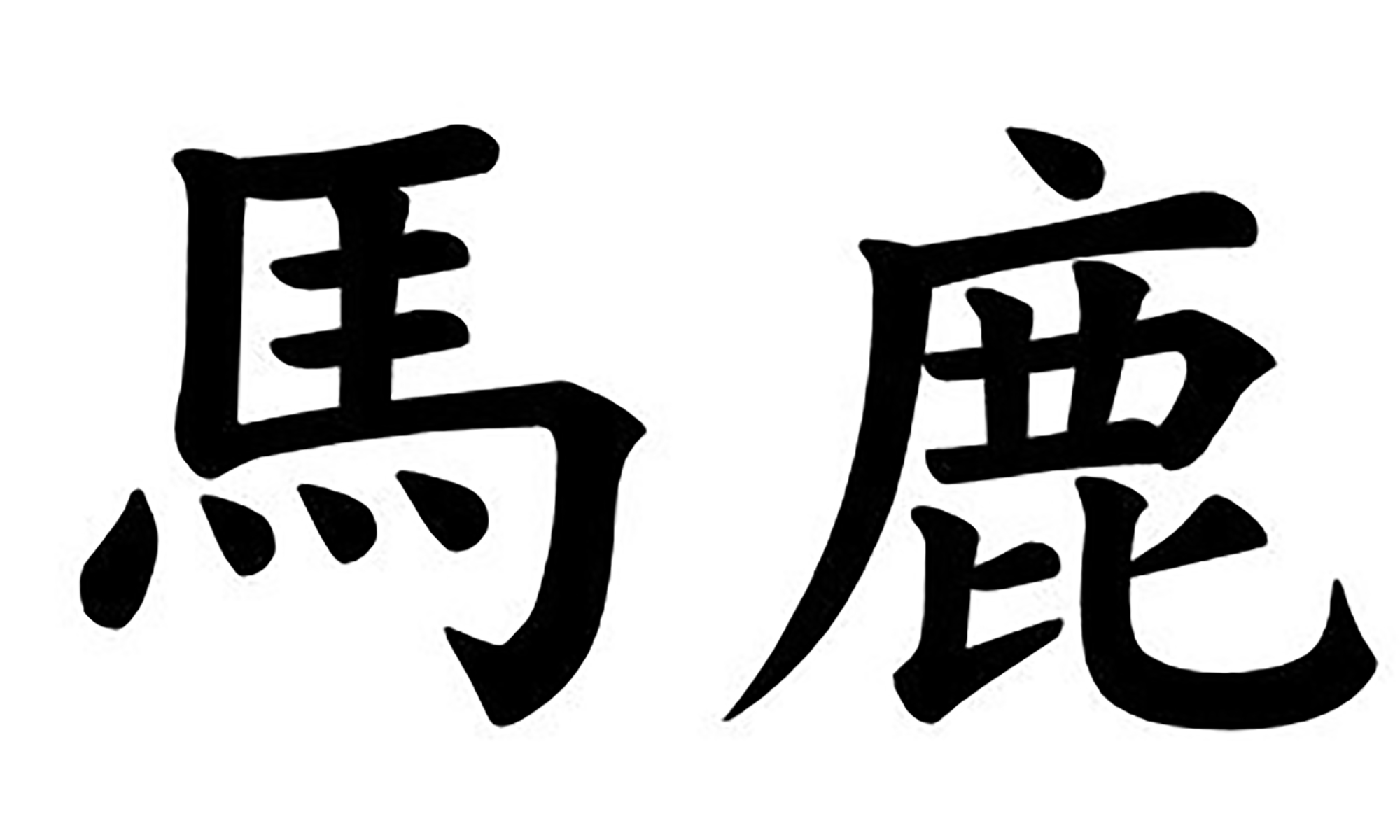While most folks who think about such things will be commemorating and memorializing the 65th anniversary of D-Day today, and while there’s no question that D-Day is worth the time spent on it, my personal interest for many years has been the Pacific Theatre.
And in the Pacific Theatre, on June 6, 1942, Ray Spruance, commanding TF16 in place of “Bull” Halsey (who was back in Hawaii with the clap, PR coverups about a “skin rash” to the contrary — or so said my professor of military and diplomatic history in college), and Frank Fletcher commanding TF17, along with various other units and the garrison at Midway Island, broke the back of the Japanese carrier fleet by taking out Akagi, Kaga, and Sōryū within about six minutes. The remaining carrier, Hiryū, was taken out later that afternoon.
The battle officially did not end until the next day, with the torpedoing and subsequent sinking of the destroyer Hammann and the carrier Yorktown, but for all intents and purposes, June 6 was the climax of the action.
The Battle of Midway, coming only six months after Pearl Harbor, was the “high water mark” of the Japanese Empire. It was no less than the Gettysburg of the Pacific War, with the Japanese in the role of the Confederacy and Admiral Yamamoto playing a great Robert E. Lee, unable to repeat his earlier stunning success because he lost the element of surprise. But in fairness, Yamamoto had told the Emperor that he would “run wild” in the Pacific for six months or a year after Pearl Harbor before the Americans recovered…and he was right. In fact, he would continue to run wild for another year, and the Japanese would even build a few more carriers, but they would never be able to replace the well-trained and experienced sailors and aviators that they lost at Midway — and they would never match the war-making ability of the United States once it switched from holding actions to all-out war in the Pacific.
The 1976 movie starring Charlton Heston, even with its sometimes annoying fictional sub-plot, is highly recommended. Hal Holbrook plays a dead-on Commander Joseph Rochefort, whose naval intelligence group was responsible for determining (and proving to Admiral Chester Nimitz) that Midway was Yamamoto’s next target, based on their ability to read the Japanese JN-25 code — and on a ruse de guerre in the form of some clear-text radio traffic indicating (falsely) that something was wrong with Midway’s water supply.
And if you’re looking for some light reading, try Miracle at Midway by Gordon Prange et al.

A "surly curmudgeon[], suspicious and lacking in altruism." (Robert A. Heinlein)